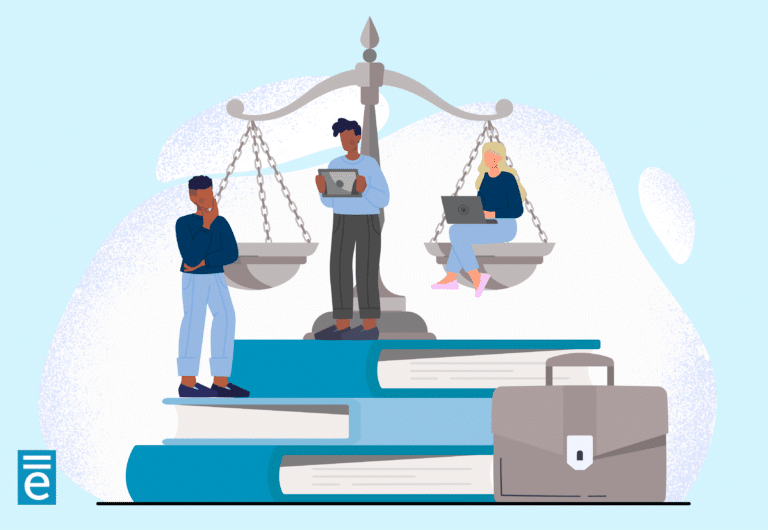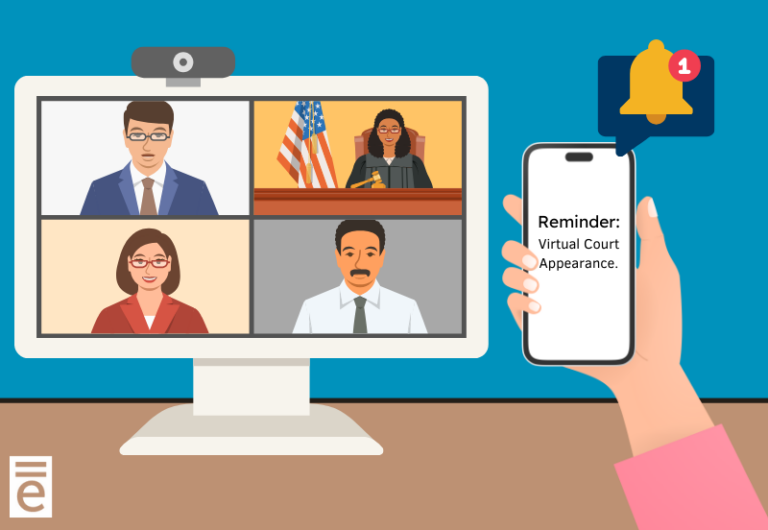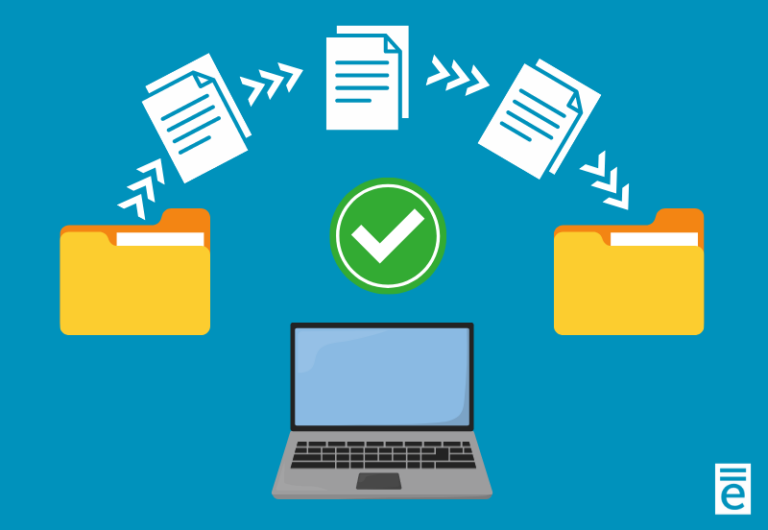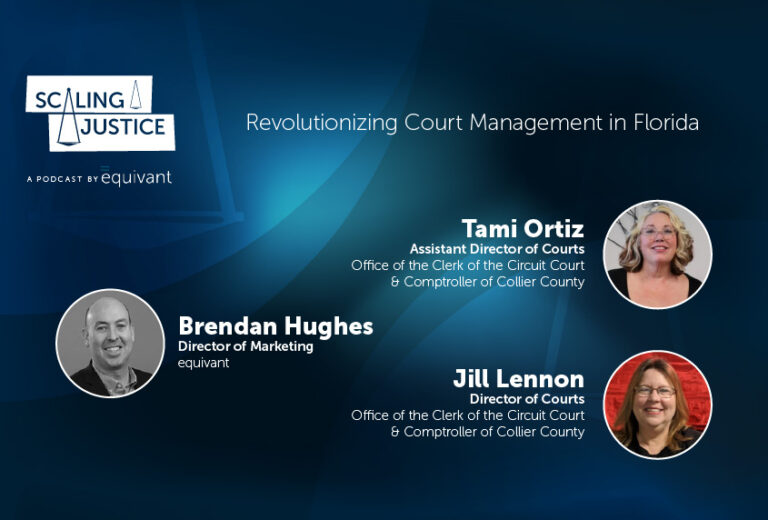JWorks for Courts • An equivant product
For many citizens, courts feel like big, complicated, foreboding presences that are impossible to navigate and aren’t set up for their benefit. Court-involved people are failing to appear and failing to successfully navigate the system every day, and courts are constantly working to better connect with their community.
“The justice system is such an important part of community prosperity,” said Renee Danser, associate director of research and strategic partnerships, Access to Justice Lab, Harvard Law School, in a recent episode of Scaling Justice. “I think an accessible justice system values and incorporates the expertise of the community into a solution and allows a user of the justice system to choose the best path to resolution.”
Courts strive for better community connection, improved access to justice, and more efficient resolution … but how? How do we humanize courts and help them become the agents of community prosperity that they were designed to be?
Here are six ways we’ve seen courts get results:
- Address barriers to appearing in court. Offer childcare at the courthouse, work with local policymakers to ensure public transportation is readily available to and from the courthouse, and dig into other key reasons people aren’t showing up. Find out the top barriers in your community, and work with community leaders to resolve them.
- Commit to common-sense processes. Re-thinking legacy processes isn’t easy, but it can be incredibly helpful, particularly to one-time users. Attorneys and other frequent users of the court system will learn to navigate whatever processes are in place, no matter how convoluted, but members of the community who are resolving an issue that doesn’t require legal counsel or is a one-off issue may fail to navigate the system if the processes don’t make sense.
- Train staff to distinguish between legal information and legal advice. Court staff are often hesitant to answer questions in a meaningful way for fear of unintentionally dispensing something resembling legal advice. Help staff understand what’s in-bounds for them to say, and give them the agency to be truly helpful to the people who walk through their door.
- Use plain language. Legalese is rarely helpful to the average court-involved person, but it’s often all they encounter. Re-writing court materials with plain language, using icons and graphics to help depict processes, and using tools like checklists and step-by-step instructions can help make written materials more accessible.
- Frequently update online content. Put all your plain-language and easy-to-use content online and revisit it often. Court websites should never be one-and-done. Look for ways to simplify, clarify, streamline, and update content, and always seek feedback on how to make your site more user-friendly.
- Offer online resolution tools. Much like banks, where it’s no longer necessary to deliver or receive many services in person, you can take advantage of technology to deliver services online to those who cannot or do not want to go to the courthouse in person. Citizens are increasingly interested in interacting with the court asynchronously to resolve disputes, deal with traffic violations, and other issues that don’t necessarily require an appearance. Make online options available, and let citizens decide on their path.”
What has your court done to increase access? What access issues are you still trying to navigate? Learn more about JWorks and how the solution, with its responsive design, can perform equally well on any device so your stakeholders can access and manage the information they need at any time, any place.




